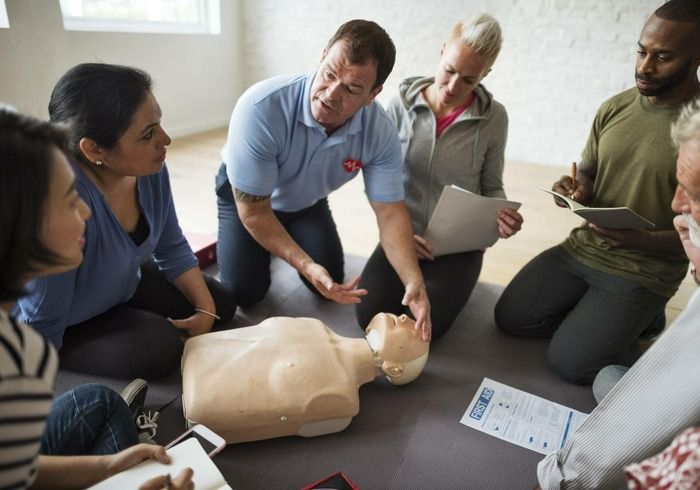Essential Guide to First Aid Training and CPR Courses
Accidents and emergencies can occur anywhere, and preparation could be the difference between life and death. In the house, in the office, or out in the field, it is well to know how to respond properly in a medical emergency. That is where first aid training and CPR instruction can come into the picture. They teach one the skills and confidence required to act fast before the professionals arrive.
What Is First Aid Training?
First aid is a systematic course of instruction to instruct an individual on how to react in all categories of medical emergencies. It touches on all aspects relating to skills, such as the treatment of wounds, bleeding control, management of fractures, and shock management. It also involves the importance of remaining calm and reacting with safe, swift action to avoid injury.
Why First Aid and CPR Go Hand in Hand
If anything is mentioned in the first aid or CPR spectrum, they may be describing a complete array of emergency skills. First aid is given to injuries and minor illnesses. CPR or Cardiopulmonary Resuscitation is resuscitative in emergency situations wherein an individual’s heart has stopped beating, or there is no breath. Together, these measures can save lives after heart attacks, drowning situations, or choking emergencies.
Key Benefits of a First Aide Course
First aider course registration has both public and private benefits. Some of these benefits are most crucial:
- Livesaving information: Prompt response can limit recovery time and avoid conditions’ deterioration.
- Break of fear: Training wipes out fear during emergencies.
- Safety in work: Many firms make their employees undergo courses for compliance purposes.
- Public assistance: Trained individuals can respond until medical personnel arrives.
What You Will Learn in a First Aid Course
An average first aid training course covers:
- Care of wounds and bandaging
- Care of burns and scalds
- Care of fractures, sprains, and strains
- Recognition of symptoms of stroke, heart attack, or shock
- Adult, child, and infant cardiopulmonary resuscitation (CPR)
- Application of Automated External Defibrillators (AEDs)
Learning these skills makes trainees more confident to manage emergencies.
Who Should Take First Aid and CPR Courses
The fact is that first aid and CPR benefit everyone. Parents, educators, guardians, employees, and even students can all benefit. Some might need to take a first aide course as part of their work as healthcare professionals, lifeguards, or construction workers. But everyone else who wishes to be ready can participate.
Conclusion
Emergencies are unexpected but can be anticipated. Taking a first aid course, learning first aid and CPR, and taking a first aide certification course can give you the tools necessary to help make a difference in your life during times of crisis. Trained as you should be, you can confidently perform and save lives. Firm courses and sources can be obtained by calling First Aid Canada, which is a reliable source for safety and emergency preparedness.
FAQs
1. How long is the first aid course?
The majority of basic courses are for one to two days, depending on the level of training.
2. Is CPR covered in all first aid and CPR training?
Yes, CPR is generally included in combined courses covering adults, children, and babies.
3. Do I need to know any medicine in order to take a first aide course?
No, beginners and professionals receive courses specifically tailored to them with the step-by-step instruction.
4. How often must I renew my first aid and CPR certification?
Most of them are two to three years and then they have to be renewed thereafter.
5. Does first aid training assist with workplace compliance?
Yes, most companies need trained employees in order to comply with safety standards and offer a safer working place.
